Stadia
Designing intuitive experiences so game developers could build, test and deploy with ease.
Design craft
I created design systems for Game Developer use cases, and defined interaction models for multi-device multi-location play testing on cloud services. I scaled for launch by onboarding other designers, UX writers, and UX researchers.
Strategy
I drove strategy through storytelling, creating a collaborative vision iterated on with cross-functional teams. This influenced product planning across the organization and ultimately contributed to a better overall user experience.
Technical leadership
I helped 64+ Software Engineers, 7+ Product Managers, and various other roles at scale through alignment and discovery workshops, cross-functional steering committees and processes for large projects.
Feature project
Test Hub

Stadia's usability was a major hurdle for developers, causing a reluctance to engage with it, lowering the quality of games.
So I created an endpoint agnostic, cloud native monitoring and control dashboard for game development and testing.
I started this project by auditing the developer play testing flow and found that testing games on player endpoints (such as Chromecast TV, Android mobile, etc) wasn’t the experience promised to Stadia partners. I found that the difficulty of testing and debugging on these endpoints lead to game developers avoiding them altogether.
My hypothesis was that simplifying the testing process to the level of our simulated platform tools would encourage developers to integrate player platform testing into their daily workflow. This would inherently enhance the player experience. To accomplish this, I devised the concept of the 'Test Hub'.
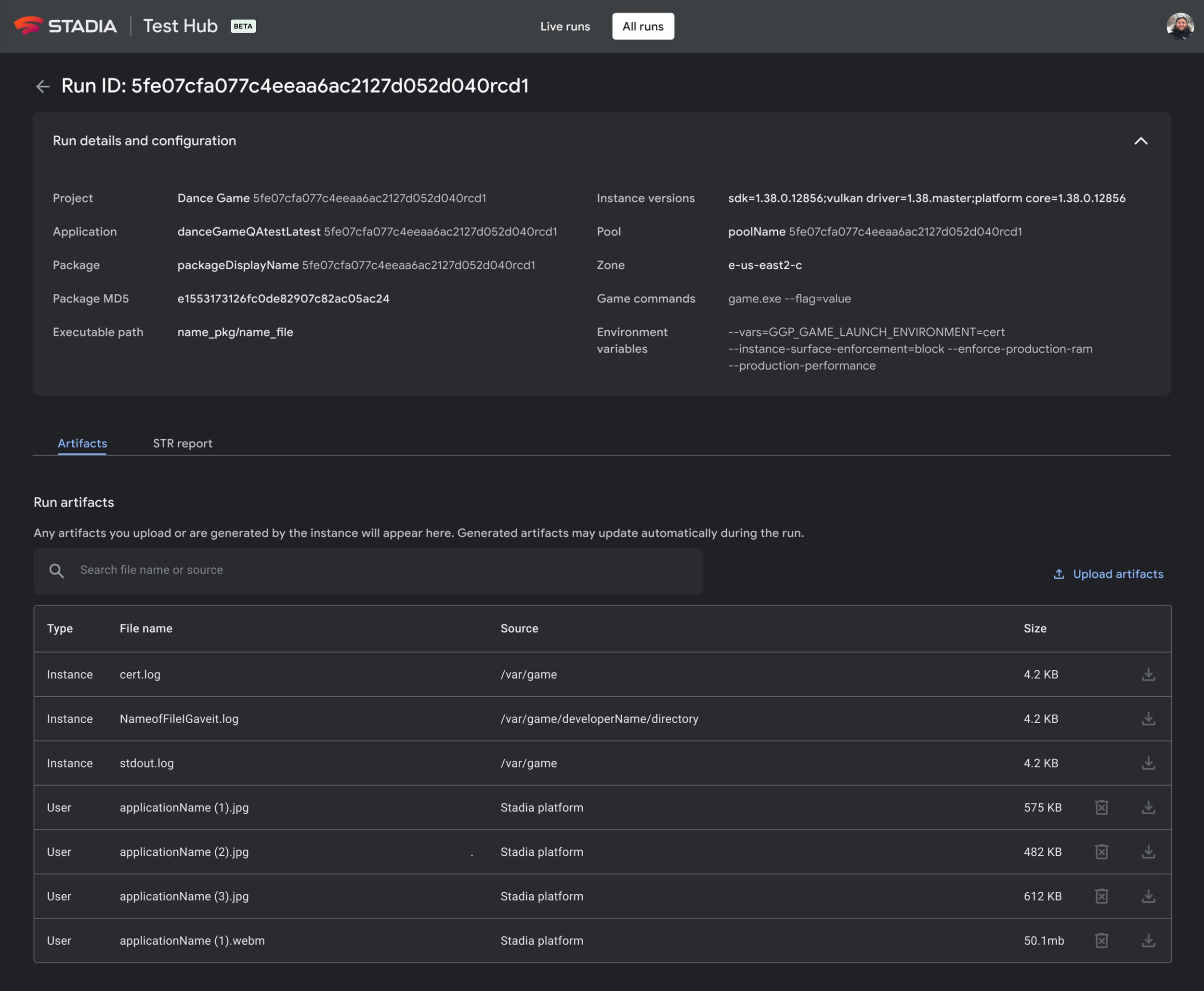
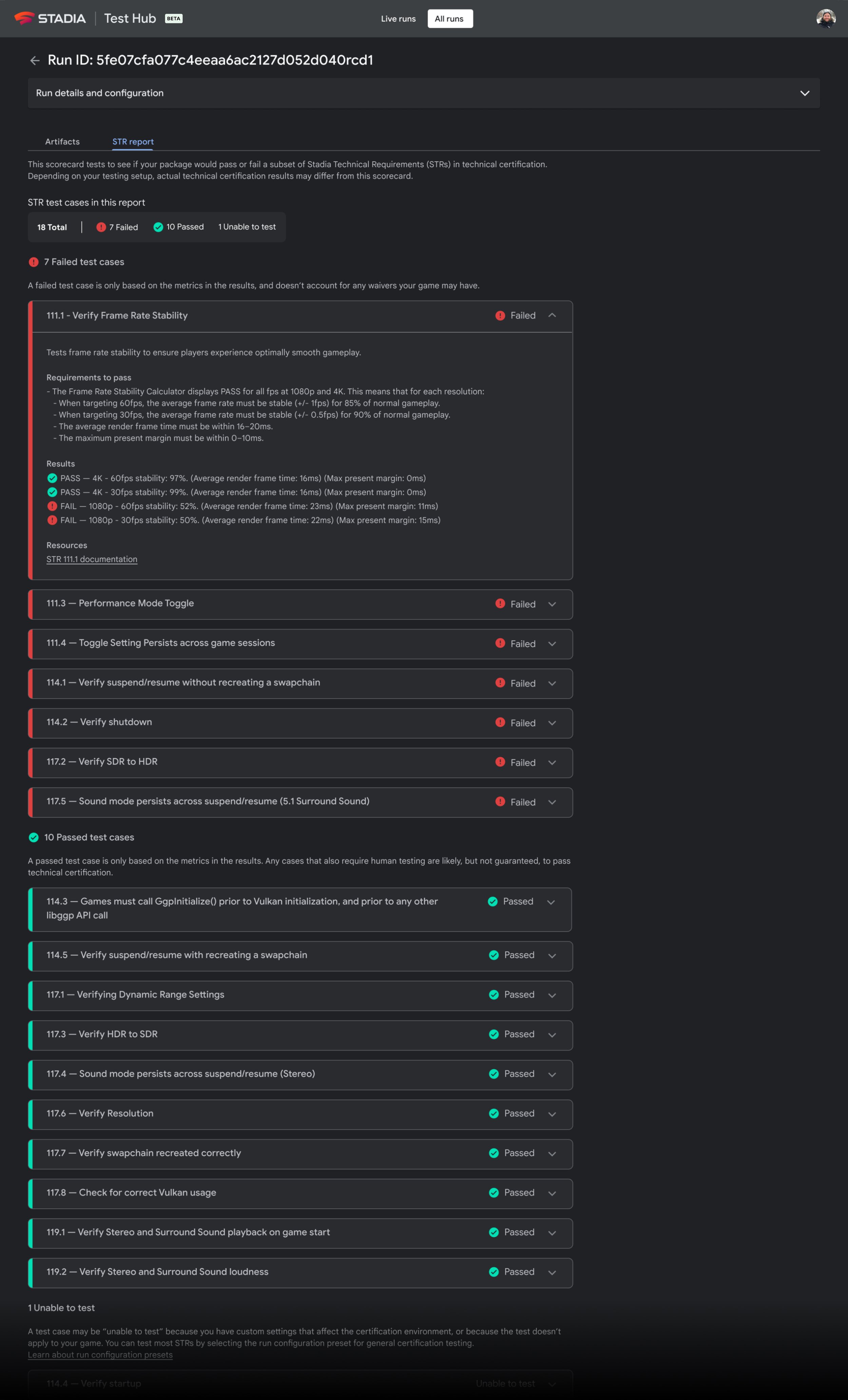
Play anywhere, collaborate everywhere.
Using Stadia's value proposition of "play anywhere" as a starting point, I proposed a vision that would tie disparate (and sometimes missing) experiences together under one unified user flow with Test Hub at it’s center. This included a complete overhaul to the package launch experience, allowing developers to seamlessly test any in-development project on any player endpoint, anywhere in the world.
By connecting Test Hub as an analytics dashboard during these testing sessions, developers, QA, publishers and anyone involved in the game creation could collaborate not just on the end player experience, but on the underlying performance, optimization and compliance of their game.

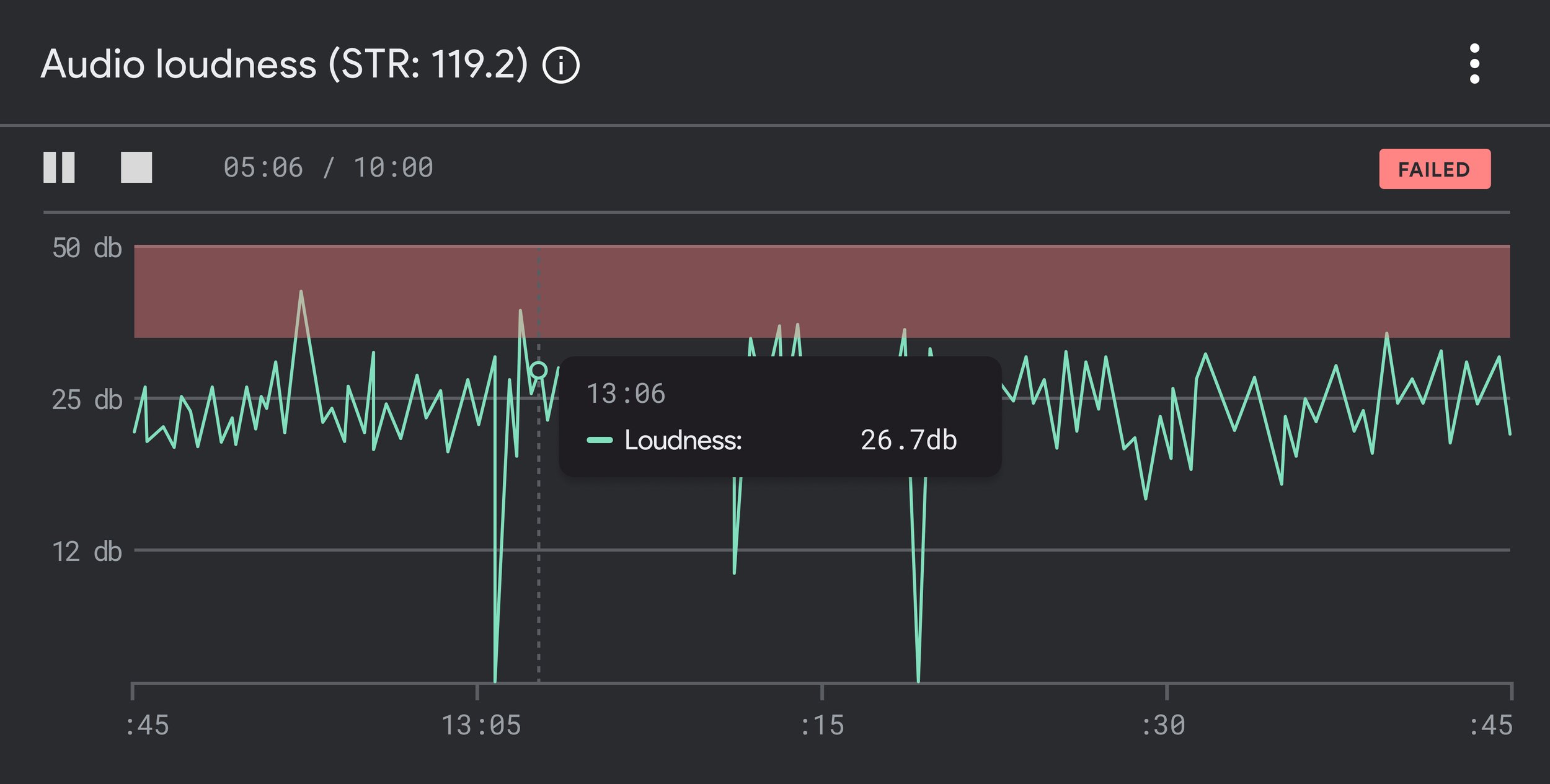
Break Google Material rules to respect the user’s working environment.
Google material held a long standing foundational principle of “Build from white”.
While this approach led to clean, light and clear solutions in the consumer space, it wasn’t appropriate for Game Developers in their working environments. Google material didn’t have extensive dark theme guidelines, and there were no guidelines for data visualization. I created foundational components, color systems, and interaction models for the complex use cases and content available to our users in Test Hub.
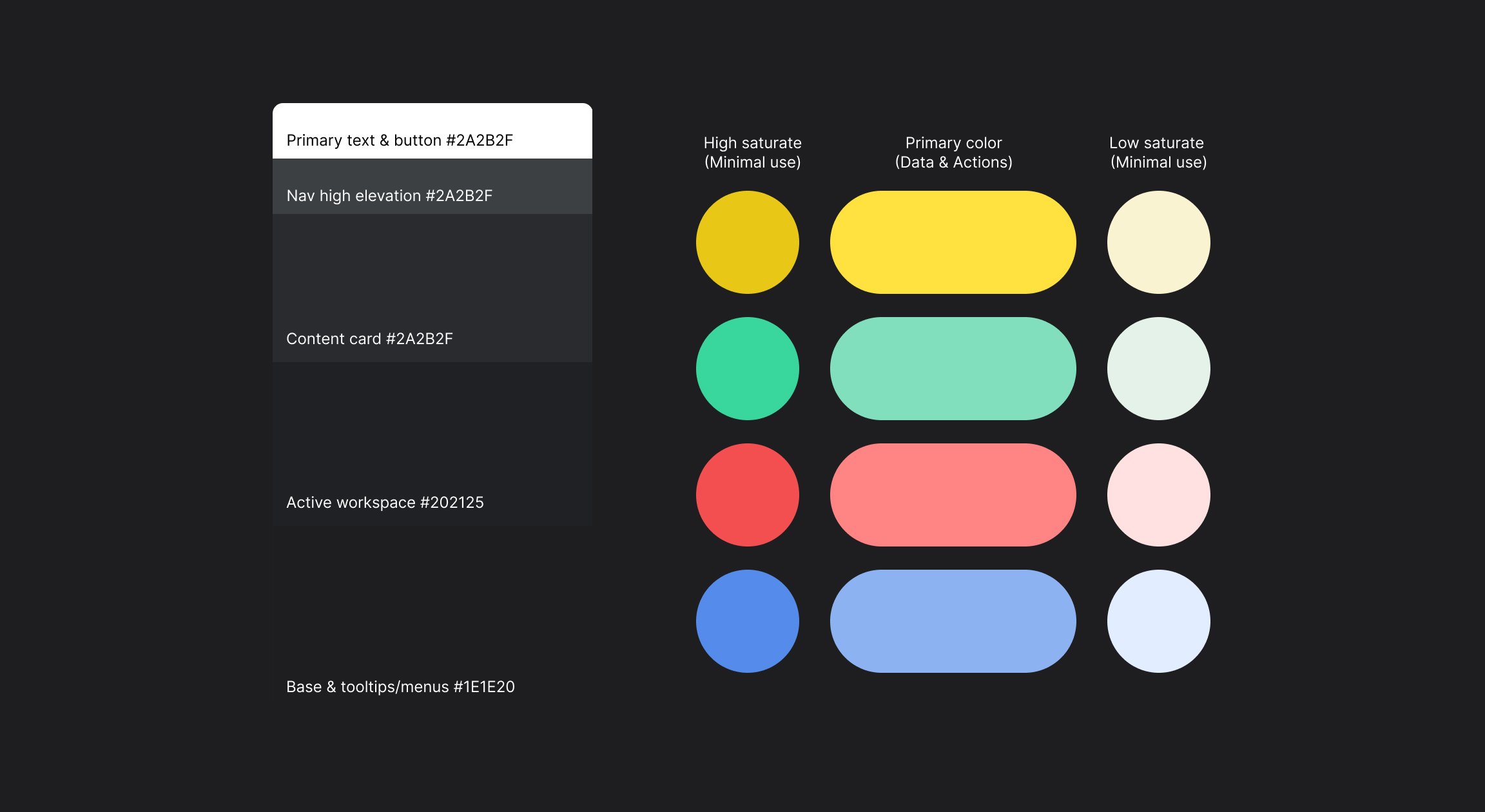
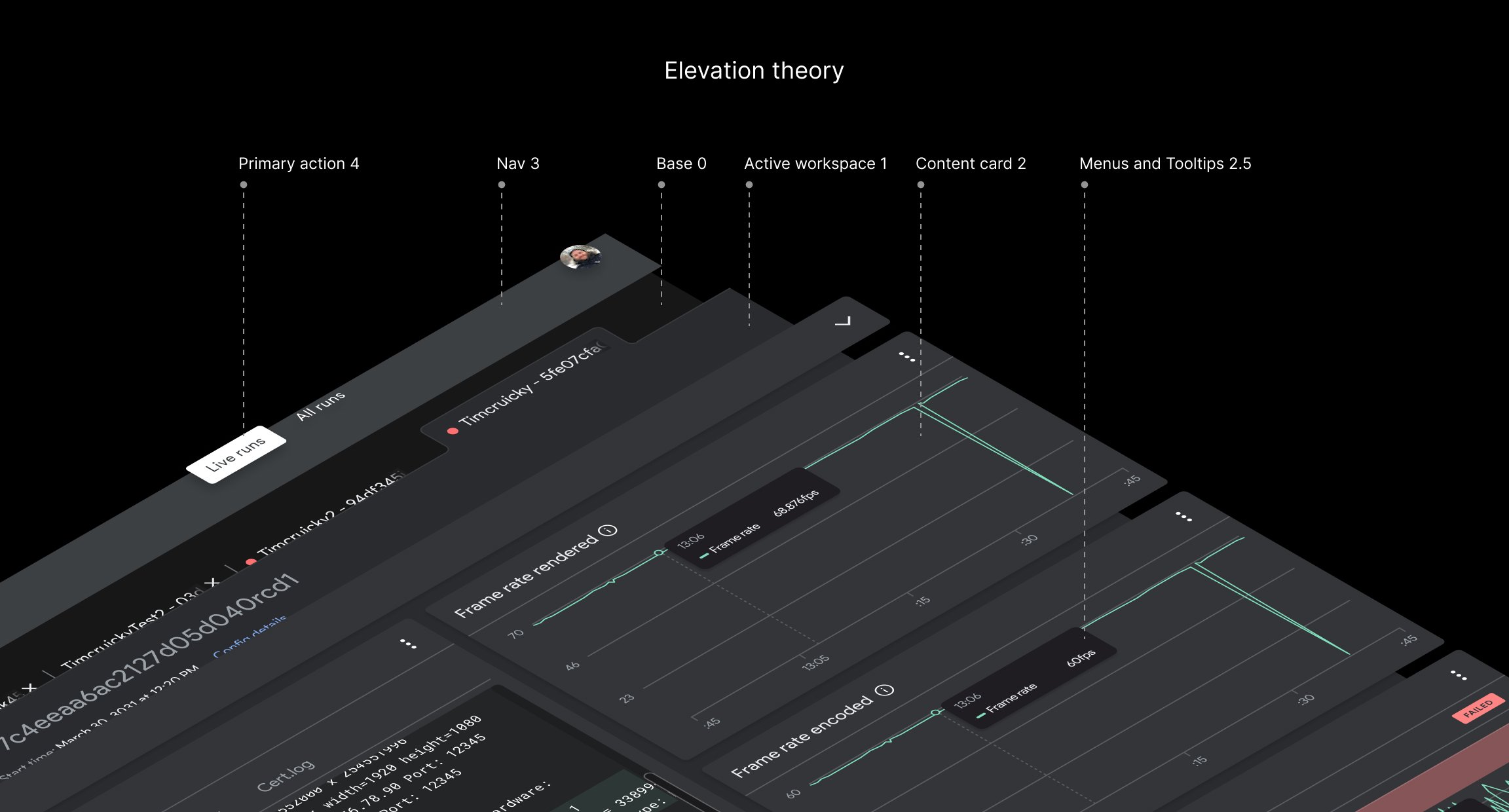
The outcome of this project was rated as the biggest user improvement to our developer platform since launch.
As a direct result of my contributions to vision, design execution and project leadership, the Developer Satisfaction score was the highest it had been since launching Stadia.
Having led this project from the earliest concept stages through to release, supporting various Project Managers and many tens of engineers, I can say this has been my greatest design achievement to date. I am extremely proud of the work done by everyone involved.
If you’re interested, you can learn more about the details of play testing on Stadia, of which I had a pivotal role designing, here.
